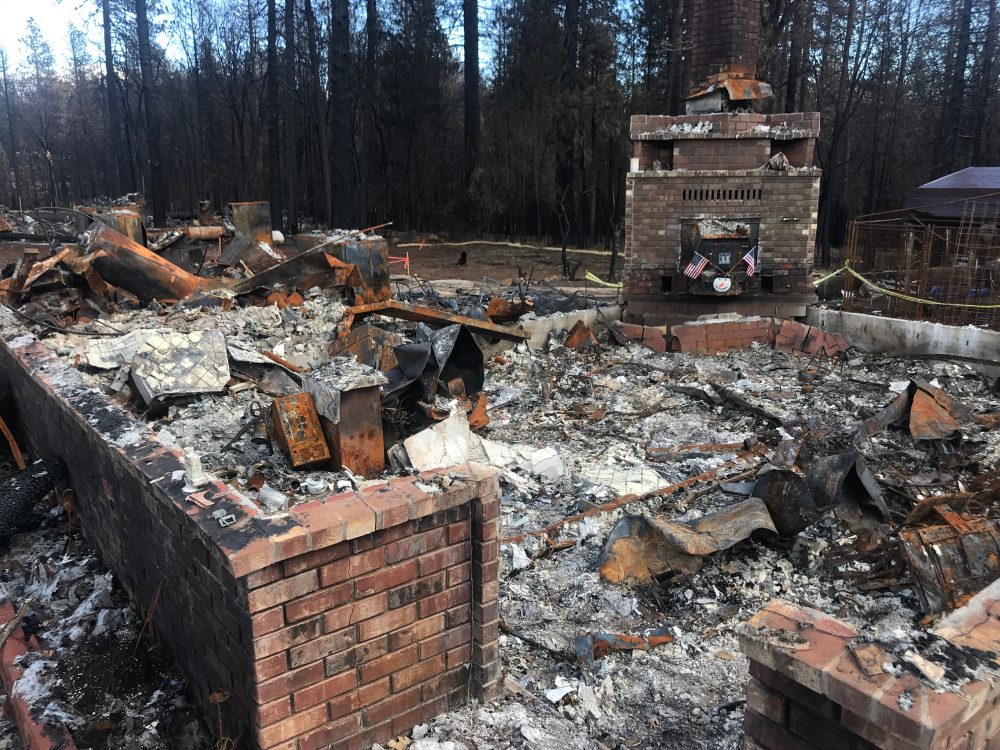Climbing a Mountain of Sand
November 8, 2018. Most of us would have a difficult time remembering what we were doing on that day. Meetings? Errands? School? For the people of Paradise and Butte County, that day changed their communities and their lives forever. The Camp Fire, the deadliest wildfire in U.S. history, blazed onto the Ridge, obliterating homes, cars, […]
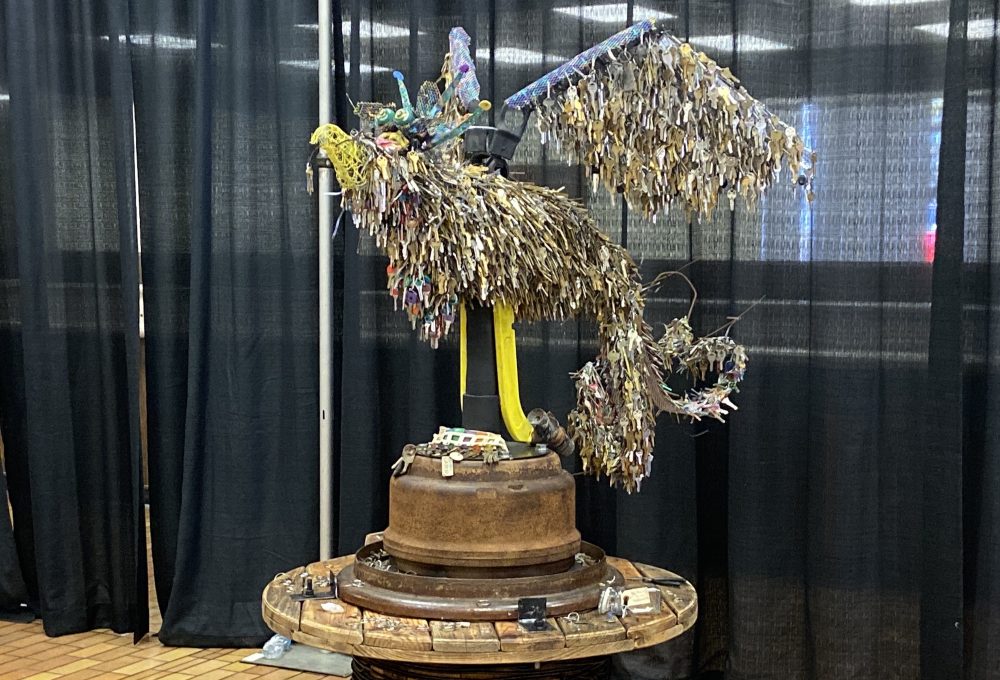
November 8, 2018. Most of us would have a difficult time remembering what we were doing on that day. Meetings? Errands? School? For the people of Paradise and Butte County, that day changed their communities and their lives forever. The Camp Fire, the deadliest wildfire in U.S. history, blazed onto the Ridge, obliterating homes, cars, businesses and most everything in its path. Eighty-five people died; 90 percent of the homes were destroyed. If you recall the news that day and in the days that followed, reports said the town would never recover – even to think of rebuilding was well, seemingly unthinkable.
What a difference a year makes.
My colleague Brennan Banks, director of disaster recovery funds, and I attended events commemorating the one-year anniversary of the fire. The love of their community and the love for one another was palpable. Their unimaginably long road to recovery has begun.

- The Camp Fire Long Term Recovery Group (CFLTRG), a grantee from the CDP California Wildfires Fund, has new offices to do disaster case management. The walls are graced by paintings of a local artist who rescued them during the fire and chose to donate them for the new space.
- One of CDP’s grants to North Valley Community Foundation (NVCF) means there are counselors in the elementary school for the children and for the staff, practically all of whom lost their homes. Learn more about the project here.
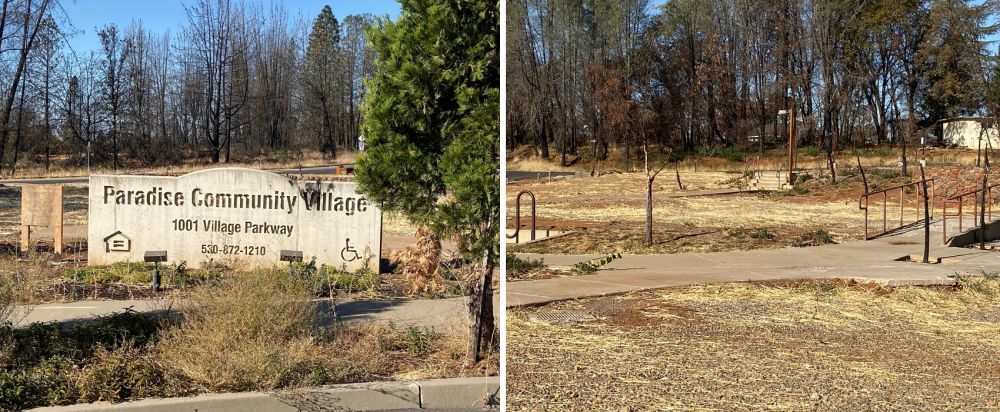
- Another CDP grantee, the Community Housing Improvement Program (CHIP), used its funding for Paradise Community Village, a 36-unit affordable housing project which now has a cleared lot, ready to begin the process of rebuilding.
- Although the amount of debris was more than two times that of the World Trade Center and spread over a wider area, it was removed in half the time.
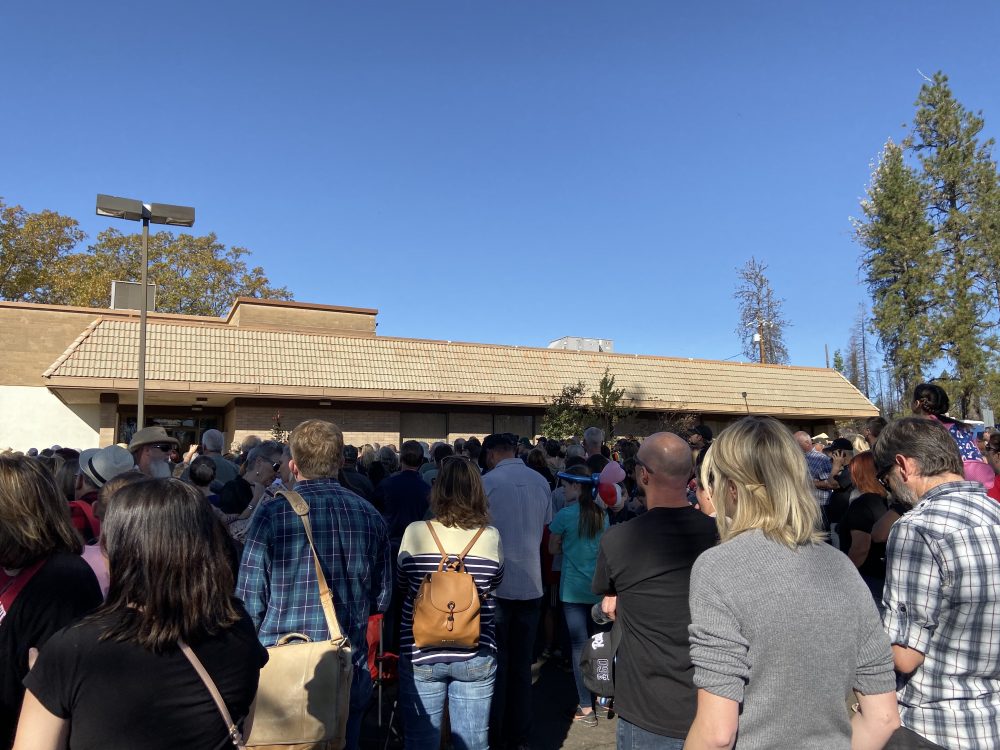
- The Building Resiliency Center, a one-stop shop for assistance from the county and the city, will have housing counselors on-site to help expedite building permits and other services.
- ConCow (another affected community, small and remote), used funding from NCVF for a portable community sawmill to turn their burned trees to lumber for building structures, including “wet rooms” that contain shower, toilet and laundry facilities.
All steps forward, but the realities of what it takes to recover still loom large.
- More than 2,000 people are awaiting case management. This matters because disaster case management is the process that documents specifically how households were impacted and identifies related needs, allowing individuals to be matched with resources. But the whole state of California is facing a shortage of disaster case managers.
- It has been reported that an estimated 300,000 standing burned trees still must be felled; 80,000 threaten current or future structures and pose danger of injuries.
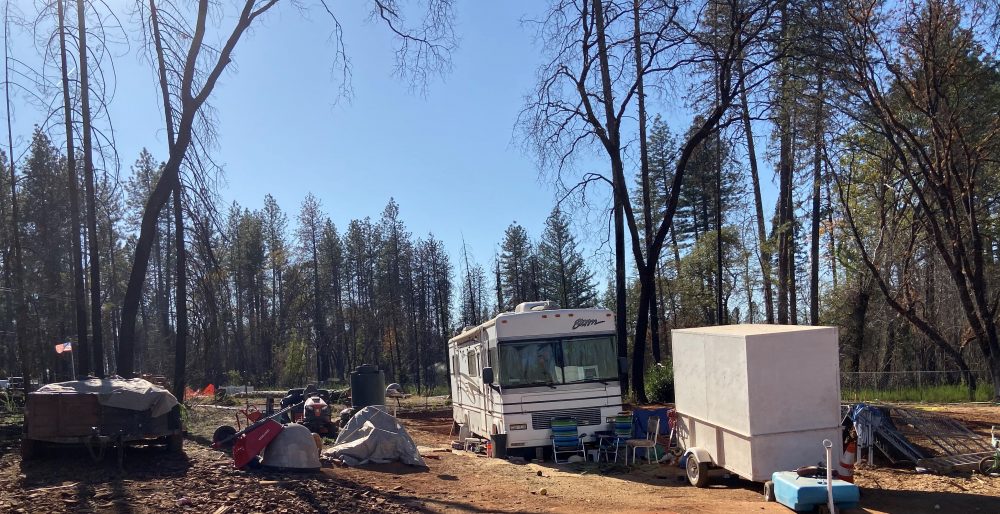
- Recreational vehicles on properties are increasingly becoming permanent homes. Affordable housing, Lauren Gill, Paradise town manager noted, usually relies on private funding. The Unmet Needs Committee of the CFLTRG is working on creative solutions for sustainable and economical ways of getting people housed, particularly for those who were renters.
- And there are still so many struggling to meet their basic needs. For those recovering from the traumatic event, as one survivor observed, “At times it seems like climbing a mountain of sand.”
Of a town of about 26,000, an estimated 3,000 have returned. You get a sense that the anniversary is the start of a turning point of sorts for the town. As Matt Plotkin, executive director of the Camp Fire Long Term Recovery Group, put it, “Recovery provides a ‘dangerous opportunity’ for survivors, for communities, for those who choose to invest.” (He noted the Mandarin word for crisis is made up of the characters “danger” and “opportunity.”) Will people return? Will businesses rebuild? Will the hospital reopen? Will public and private funding be available and sustained long enough to help recovery efforts in the years to come? A great deal of uncertainty but, in the midst of it all, hearing people talk about their town and the resilience that has brought them this far, it feels like they will “Make it Paradise” again, as the green buttons spotted on many shirts around town proclaimed.

There has been an outpouring of financial help and support. Alexa Benson-Valavanis, president and CEO of the North Valley Community Foundation, at the Nov. 7 Gratitude Dinner, said, “You filled our broken hearts with hope.” And it is that spirit of positivity and hope that was most striking about our visit. For those who had indescribably lost so much, there was a fierce determination that they would, as frequently referenced, rise from the ashes. The Key Phoenix, created by local artist Jessie Mercer, is made of 18,000 keys donated by residents, often accompanied by poignant letters. The sculpture has taken what was lost to affirm the promise of the Paradise’s future.
More like this
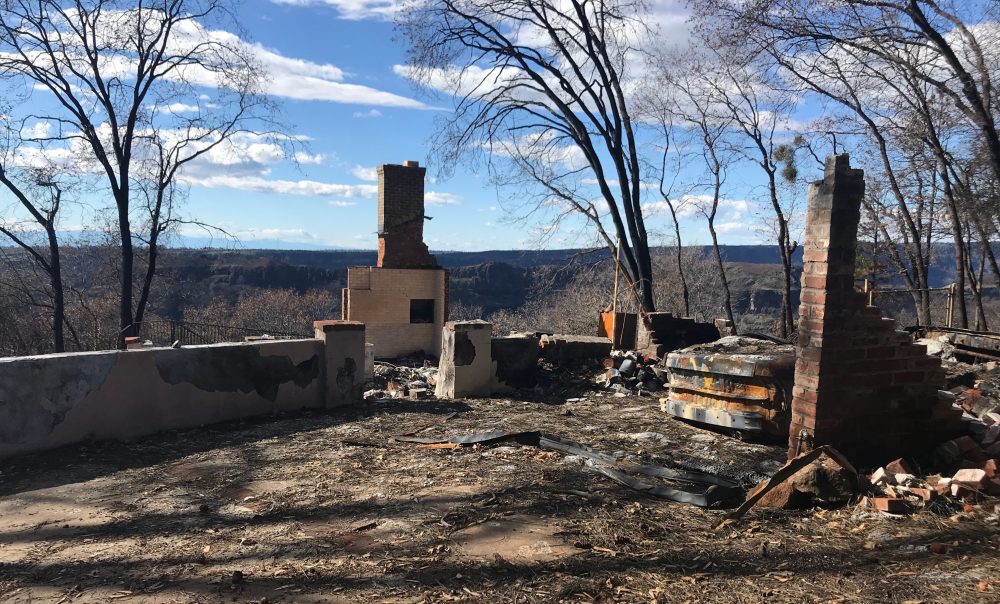
Announcing the 2018 California Wildfires Recovery Fund Grants
